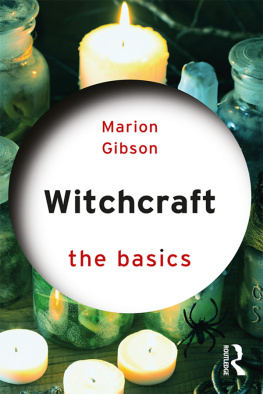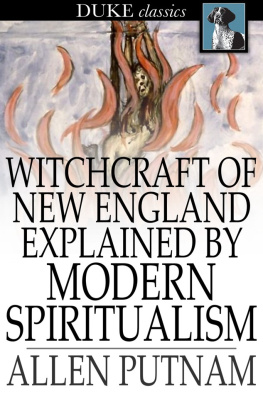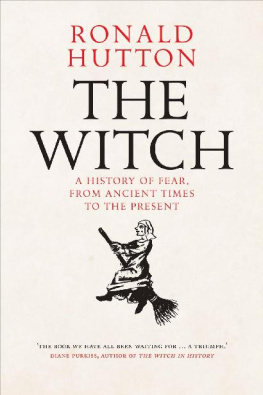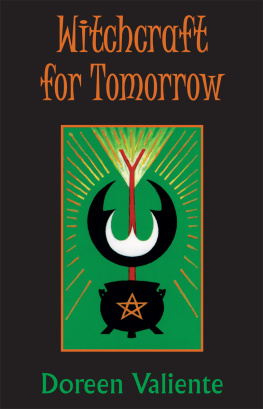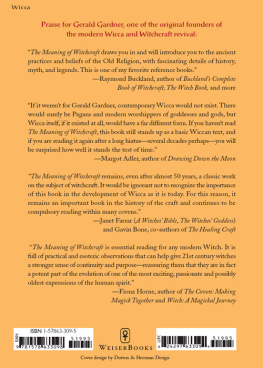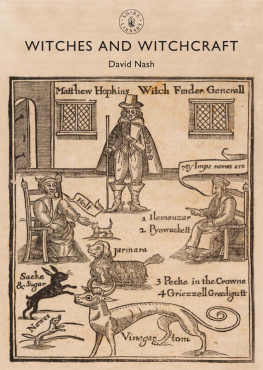First published in 1947
This edition first published in 2011
by Routledge
2 Park Square, Milton Park, Abingdon, Oxon, OX14 4RN
Simultaneously published in the USA and Canada
by Routledge
711 Third Avenue, New York, NY 10017
Routledge is an imprint of the Taylor & Francis Group, an informa business
Methuen & Co 1947
All rights reserved. No part of this book may be reprinted or reproduced or utilised in any form or by any electronic, mechanical, or other means, now known or hereafter invented, including photocopying and recording, or in any information storage or retrieval system, without permission in writing from the publishers.
Trademark notice: Product or corporate names may be trademarks or registered trademarks, and are used only for identification and explanation without intent to infringe.
British Library Cataloguing in Publication Data
A catalogue record for this book is available from the British Library
ISBN 13: 978-0-415-61927-1 (Set)
eISBN 13: 978-0-203-81784-1 (Set)
ISBN 13: 978-0-415-60419-2 (Volume 2)
eISBN 13: 978-0-203-81898-5 (Volume 2)
Publishers Note
The publisher has gone to great lengths to ensure the quality of this reprint but points out that some imperfections in the original copies may be apparent.
Disclaimer
The publisher has made every effort to trace copyright holders and would welcome correspondence from those they have been unable to trace.
FOUR CENTURIES OF WITCH BELIEFS
With special reference to the Great Rebellion
by
R. TREVOR DAVIES
First published in 1947
CATALOGUE No. 3967/U
THIS BOOK IS PRODUCED IN
COMPLETE CONFORMITY WITH THE
AUTHORIZED ECONOMY STANDARDS
PRINTED IN GREAT BRITAIN
CONTENTS
i. Historians tend to neglect factors in the past that are unfamiliar in their own day. Hence their neglect of witch-mania in their treatment of the Great Rebellion.
2. Witch-beliefs grew stronger as the Middle Ages drew to a close largely because of the activities of the Inquisition.
3. The Reformation intensified witch-mania because the leading reformers were witch-hunters quite as zealous as their opponents.
4. The Calvinists were the most zealous of all e.g., Calvin himself and the population of Geneva.
5. Reasons for the strength of witch-beliefs amongst the Calvinists.
( a ) The doctrine of the total depravity of man.
( b ) Belief in the verbal inspiration of Scripture.
( c ) Hebrew studies subjected them to Jewish influences.
( d ) Theocratic government.
( e ) The cradle of Calvinism a region already strongly infected with witch-beliefs.
6. The Calvinists were among the last of modern men to abandon belief in witchcraft.
1. England before the Elizabethan Era possessed the witch-beliefs of primitive peoples with comparatively few features of the pseudo-scientific beliefs that had developed on the Continent.
2. Pseudo-scientific witch-beliefs were imported mainly by the returning Marian exiles after the accession of Elizabeth.
(a) The Elizabethan Statute.
(b) John Jewel, Bishop of Salisbury.
(c) Those parts of England where witch-mania was most acute were those where the returned exiles were most influential.
(d) The growth of witch-mania in other parts of England slower and mainly due to two circumstances.
(i) The supposed association between witchcraft and Roman Catholicism.
(ii) The witch-beliefs of the upper classes and leading men of the age.
3. The witch-beliefs of the reading public were enlarged by the publications of men of great influence and prestige.
(a) Foxe's Acts and Monuments.
(b) Bodin's DSmonomanie.
(c) Daneau's Dialogue of Witches.
(d) Lavater's OfGhostes and Spirites walking by nyght.
(e) Other books and pamphlets of the period.
1. The period 1588-1613 witnessed a rapid spread of continental witch-beliefs in England.
2. This was due mainly to three circumstances:
(a) The Warboys Case, which was of great importance
(i) because it led to the endowment of the annual witch lecture at Huntingdon;
(ii) because of the importance of the persons involved in the case;
(iii) because of the use made of the case in propagandist literature;
(iv) because of its connexion with the University of Cambridge.
(b) The influence of judges at witch trials, e.g.. Sir Edmund Anderson.
(c) The accession of James I resulted in
(i) the influx of Scottish witch-mania, which was far more intense than the English variety,
(ii) the Jacobean Statute against witchcraft.
3. The spread of witch terror in Lancashire and other districts was materially assisted by a pamphlet literature.
4. Influential writers who added to the witch-terror during this period.
(a) Henry Holland.
(b) Nicolas Remi (Remigius).
(c) King James I.
(d) Martin Antonio Delrio.
(e) William Perkins.
(f) James Mason.
(g) Alexander Roberts.
(h) Thomas Cooper.
(i) Other writers.
1. James, a man of exceptional intellectual qualities, gradually renounced his witch-beliefs. In doing this he was influenced by several circumstances, amongst which were
(a) the witch trial at Leicester (1616);
(b) the * Boy of Bilson ' and other cases of simulated possession;
(c) acquaintance with the opinions of writers such as Cornelius Agrippa, Wierus, Montaigne, and Francis Bacon;
(d) Spanish scepticism about witchcraft (possibly).
2. Two influences tended to overthrow belief in witchcraft.
(a) the religious reaction against Calvinism;
(b) the scientific spirit, illustrated by the examples of
(i) Dr. Harvey.
(ii) the Duke of Newcastle.
3. The Royalists of Charles Fs reign were sceptical of the reality of witchcraft. There are, however, certain allegedbut doubtful exceptions.
(a) James Howell.
(b) Jeremy Taylor.
(c) Joseph Hall.
(d) Robert Burton.
4. Edward Fairfax on the assumed connexion between puritanism and witch-belief. Sir Kenelm Digby's stance, an evidence of the scientific spirit and not of superstition.
1. The attempt to extinguish the superstition by the appointment ot bishops and judges who did not believe in it:
(a) Bishops
(i) Samuel Harsnett, Archbishop of York, and Henry Cotton, Bishop of Salisbury.


